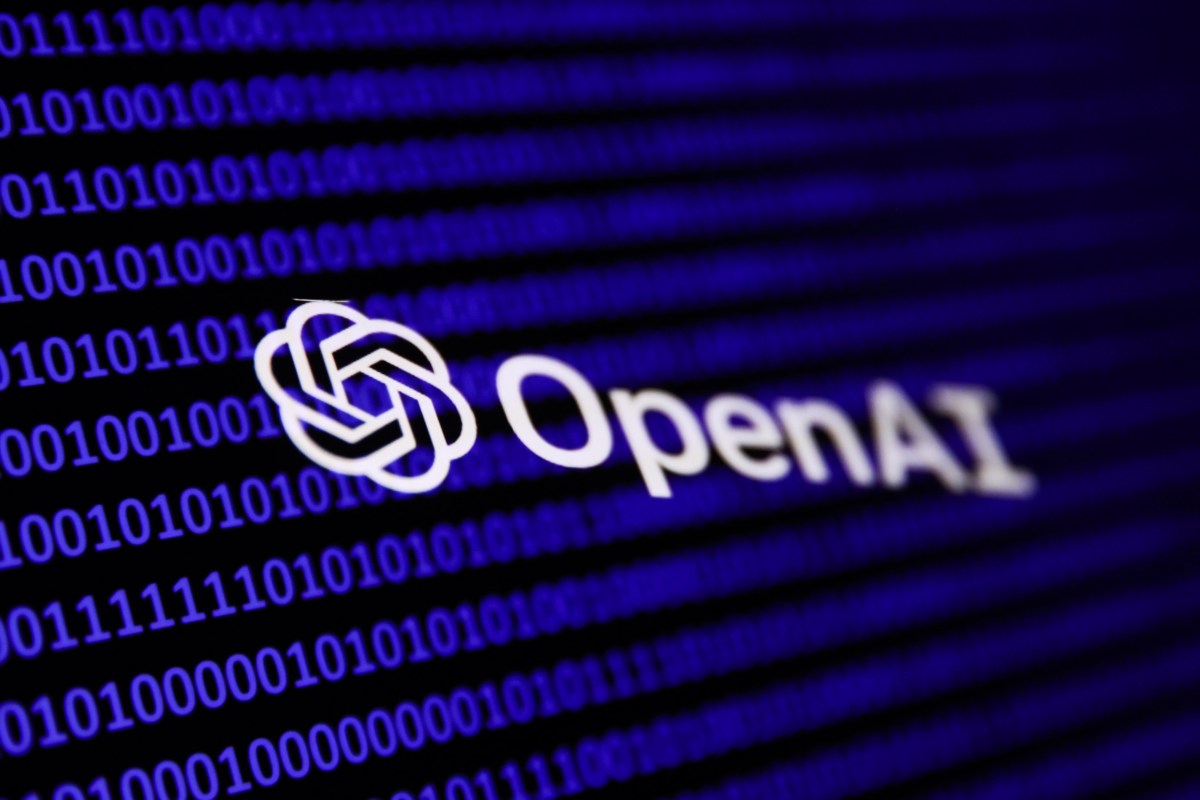OpenAI Launches New AI "Reasoning" Model, o3-mini
Overview of the Model
OpenAI has launched a new AI "reasoning" model, o3-mini, the latest addition to the company’s o family of reasoning models. This model was first previewed in December alongside a more capable system called o3.
Background and Context
OpenAI is currently facing challenges and growing ambitions, with the perception that it is ceding ground in the AI race to Chinese companies like DeepSeek. The company has been trying to shore up its relationship with Washington while pursuing an ambitious data center project and exploring opportunities to raise funds.
Performance Comparison
OpenAI compares the performance of o3-mini to the o1 family, stating that with low reasoning effort, o3-mini achieves comparable performance with o1-mini, while with medium effort, o3-mini achieves comparable performance with o1. With medium reasoning effort, o3-mini matches o1’s performance in math, coding, and science while delivering faster responses. However, with high reasoning effort, o3-mini outperforms both o1-mini and o1.
Limitations and Advantages
It’s worth noting that o3-mini’s performance advantage over o1 is slim in some areas. On AIME 2024, o3-mini beats o1 by just 0.3 percentage points when set to high reasoning effort. On GPQA Diamond, o3-mini doesn’t surpass o1’s score even on high reasoning effort. Despite these limitations, OpenAI asserts that o3-mini is as "safe" or safer than the o1 family, thanks to red-teaming efforts and its "deliberative alignment" methodology.
Safety and Alignment
According to OpenAI, o3-mini "significantly surpasses" one of the company’s flagship models, GPT-4o, on "challenging safety and jailbreak evaluations." This suggests that o3-mini has made significant improvements in safety and alignment, which is a critical aspect of AI development.
Conclusion
OpenAI’s launch of o3-mini marks an important milestone in the company’s efforts to develop more advanced AI models. While o3-mini has its limitations, its performance advantages and safety features make it a promising addition to the o family of reasoning models.
Source Link





